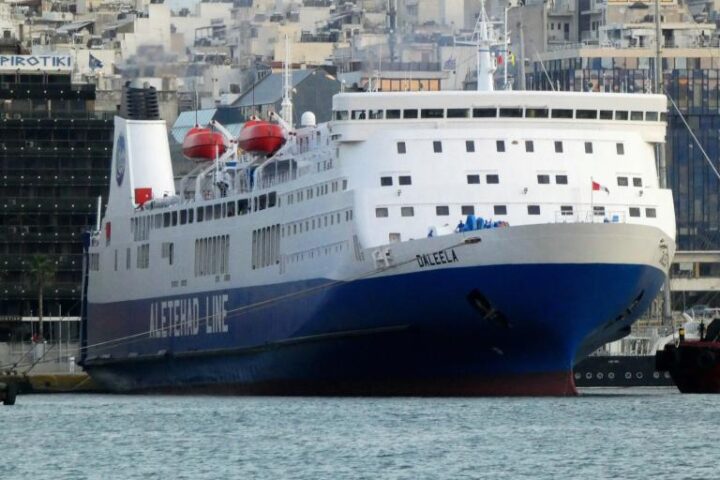Prime Minister António Costa’s Socialist Party (PS) is once again on course to lead the country without an absolute majority, which is likely to occur with a coalition similar to the existing government, the rating agency DBS Morningstar said in a sovereign commentary after Sunday’s polls.
Successive governments since 2011 have proven successful in adhering to European Commission fiscal orthodoxy and in correcting Portugal’s crisis-era macroeconomic imbalances, and DBRS Morningstar said it does not expect this to change, as the outcome of Portugal’s parliamentary elections points to broad continuity of domestic policies.

“Following the election results, we expect the new Portuguese government to look similar to the existing coalition,” said Jason Graffam, Vice President, Global Sovereign Ratings.
“Perhaps of most importance, we also expect the new government to behave in a similar way. Successive Portuguese governments have shown a strong commitment to orthodox policies and to tackling economic and fiscal challenges,” Graffam added.
Successive Portuguese governments have shown a strong commitment to orthodox policies and to tackling Portugal’s economic and fiscal challenges, the DBRS report said.
The emergency adjustment measures implemented by the right-of-centre Social Democratic Party (PSD)-led (Portugal Ahead) government from 2011-2015 were important in laying the foundation for Portugal to reduce its large fiscal and economic imbalances. Twin double-digit fiscal and current account deficits in 2010 culminated in a public finance crisis. In exchange for financial packages worth €78 bln from the EFSM, EFSF, and the IMF to help stabilise public finances, the government froze spending, increased taxes, and passed key reforms. Subsequently, the 2015 election was dominated by voters’ rejection of fiscal austerity measures, providing an opportunity for left-of-centre parties to form a government in 2015.
The PS-led coalition to emerge in 2015 included the Left Block (BE) and the Unitary Democratic Coalition (CDU). The PS-BE-CDU government was initially seen as an alliance likely to collapse under its seemingly contradictory objectives: to unwind austerity measures while adhering to eurozone budgetary commitments. The coalition nonetheless survived and over its four-year term managed to maintain tight expenditure control with the help of lower debt servicing costs and by decreasing public investment.
The fiscal consolidation was also supported by an economic recovery and an unexpected boom in tourist-related revenue. Even as it continued to consolidate the budget, the government successfully framed fiscal policy as anti-austerity by delivering targeted fiscal expansion. They increased spending on public wages and pensions, while lowering taxation for some groups. In 2018, the fiscal and current account positions were broadly in balance and the debt-to-GDP ratio declined to 122%, or roughly 10 percentage points of GDP lower than the ratio in 2016.
Another PS-led coalition most likely
The PS was unable to garner an absolute majority from the election, despite having considerably outperformed its 2015 result. The PS is set to occupy at least 106 seats in the parliament, up from 86 in 2015, but will need partners in order to clear the 116-seat threshold to form a government. Coalition partners could include the BE (19 seats), the CDU (includes the Communist Party and the Greens, 12 seats), or the People-Animals-Nature Party (PAN, 4 seats). Including the PS, these political parties or coalitions will hold at least 141 seats in the 230-seat parliamentary assembly.

If PS-led government similar to the existing coalition is formed, it re-enters office in a different context.
Portugal’s key macroeconomic indicators are much healthier today and the immediate pressure for corrective measures on the coalition may appear less intense this time around. However, DBRS Morningstar expects the new government formation to retain focus on public sector targets. If projections hold, Portugal’s fiscal position will be in surplus by 2020, and its debt-to-GDP ratio could decline below the 100% threshold by 2023. The improvements to fiscal and debt metrics served as rationale for DBRS Morningstar’s recent upgrade of the Republic of Portugal.







